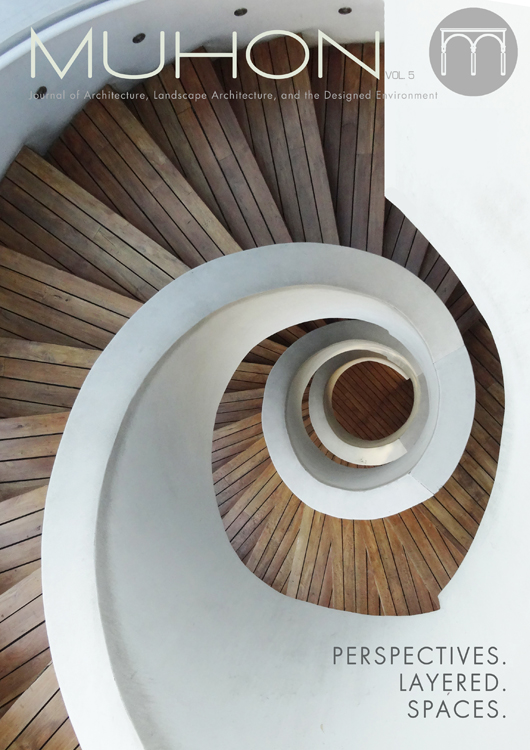Motivation and Guided Complex Learning of Solar Geometry
Abstract
This paper discusses the integration of motivation and guided complex learning in mastering basic solar-geometry, as taught in the environmental technology course, ARCH 3314, taught in Kennesaw State University’s Undergraduate Architecture Program. The rethinking of the topic’s instructional strategies responds to the objectives of improved appeal, relevance, and engagement for the technical course while integrating aspects of problem-based learning and scaffolded guidance on learning complex tasks. The problem-based learning map helps in motivating the students’ critical learning of solar responsive design, paving a path to a deeper appreciation of passive sustainability, while the drawing and modeling methods are quite instrumental in the guided learning of complex tasks.
Students enrolled in the course have initial introductions regarding the earth’s tilted relationship to the sun, and its seasonal patterns across different latitudes. The heliodon is very instrumental in transferring the reference from a celestial to a terra-centric point of view, smoothly moving to sunpath diagram exercises and applying raytracing onto orthographic drawings. The next phase in the learning is the generation of shading masks from overhangs, fins, louvers, and gridded shade solutions. Orthographic analyses of shading devices generate corresponding masks with full and half shade performance, based on how a sun could “see” it. The shading mask can now be properly oriented and overlaid onto a site’s sunpath diagram that is rendered with the locale’s average seasonal temperatures. The juxtaposition of these two layers then allows for a relatively comprehensive evaluation of the solar shading device’s performance throughout the whole year.
Having scaffolded the students’ learning to appreciate and interpret the layered graphic information of sunpath, seasonal temperatures, and shading masks, they apply these skills in designing and testing of shading devices for their Design II Studio building’s west façade, which performs poorly in terms of solar response. Having actual experience of these spaces contributes to their project’s sense of real-world relevance to their project exercise. Student teams construct and apply their design onto a scaled model of the building. The model itself is set on a Heliodon table that turns and tilts to accurately simulate solar behavior in early and late afternoon, during spring, equinox, and winter. Photographs of the exterior and interior are systematically documented; and all this accumulated information is ultimately laid out in a large poster.
The copyright for the published work belongs to UPCA and its selected publisher. The contributor is free to publish a modified version of the same article in other publications.
The contributor guarantees that :
- the article does not infringe on the copyright or any proprietary right of any other person
- the article contains no libelous or other unlawful matter
- the article makes no improper invasion of the privacy of any other person.





